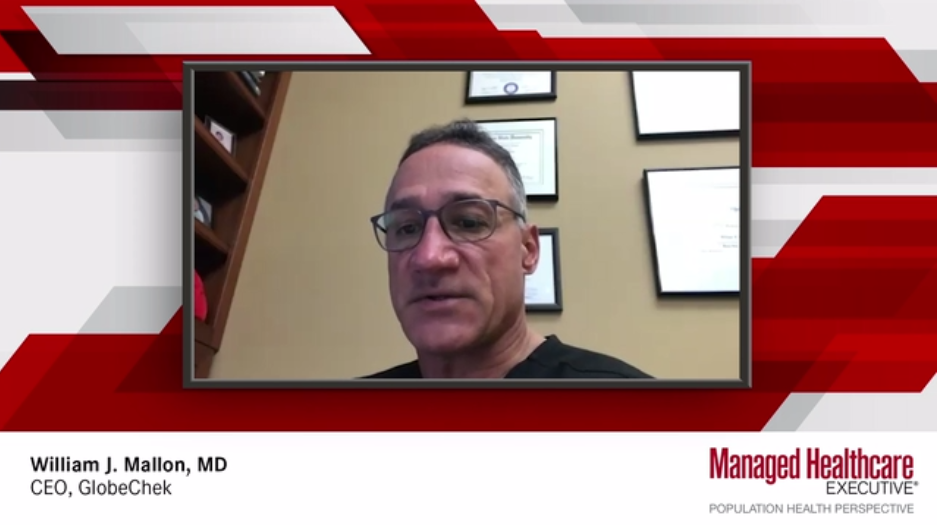Importance of Prophylactic Screening and Early Detection

Eye Screenings and Treatment
Importance of Prophylactic Screening and Early Detection
Early detection and treatment can prevent vision loss and complications. In most cases, if the disease is identified and treated early, vision loss can be prevented. Because symptoms may not always be present at early stages, compliance with eye examination screenings may help avoid preventable vision loss. The AAO recommends that adults 65 years or older without eye disease risk factors should receive an examination by an ophthalmologist everyone to two years given the increased incidence of eye disease as individuals age. Adults with Type 1 diabetes should be examined by an ophthalmologist within five years of onset of the disease and then at least annually; those with Type 2 diabetes should be examined at diagnosis and then at least annually. Adults with acute or chronic disease may require eye examinations with frequencies ranging between hours and months, depending on the nature of the condition.
Eye Examination Adherence
Lack of ophthalmic monitoring and treatment can result in poor clinical outcomes, such as blindness; therefore, it is important to learn why patients do not always adhere to recommended eye examination schedules. Adherence to recommended examination schedules is low: approximately 50% of Americans with diabetes receive annual eye examinations, and the percentage among underserved and minority populations averages just 10% to 12%.44 Results from a 2015 cross-sectional study showed that 52.1% of patients with glaucoma (n = 121), 33.7% of those with AMD (n = 86), and 30.3% of those with DR (n = 33) failed to reschedule a missed appointment within a month of the recommended follow-up date. Most patients in the study were white (61.6%), privately insured (72.1%) and college educated (76.7%). The mean age of those with poor adherence was 70.5 years (SD = 14.3). Primary reasons for poor adherence to follow-up care involved a low level of understanding of the disease, legal blindness and difficulty taking time off from work. This issue of adherence to recommended eye examinations can be addressed in several ways, such as by increasing patient education and networking opportunities with fellow patients, offering affordable transportation services, improving clinical efficiencies, and increasing access to services remotely through telemedicine and similar means.
Newsletter
Get the latest industry news, event updates, and more from Managed healthcare Executive.













































